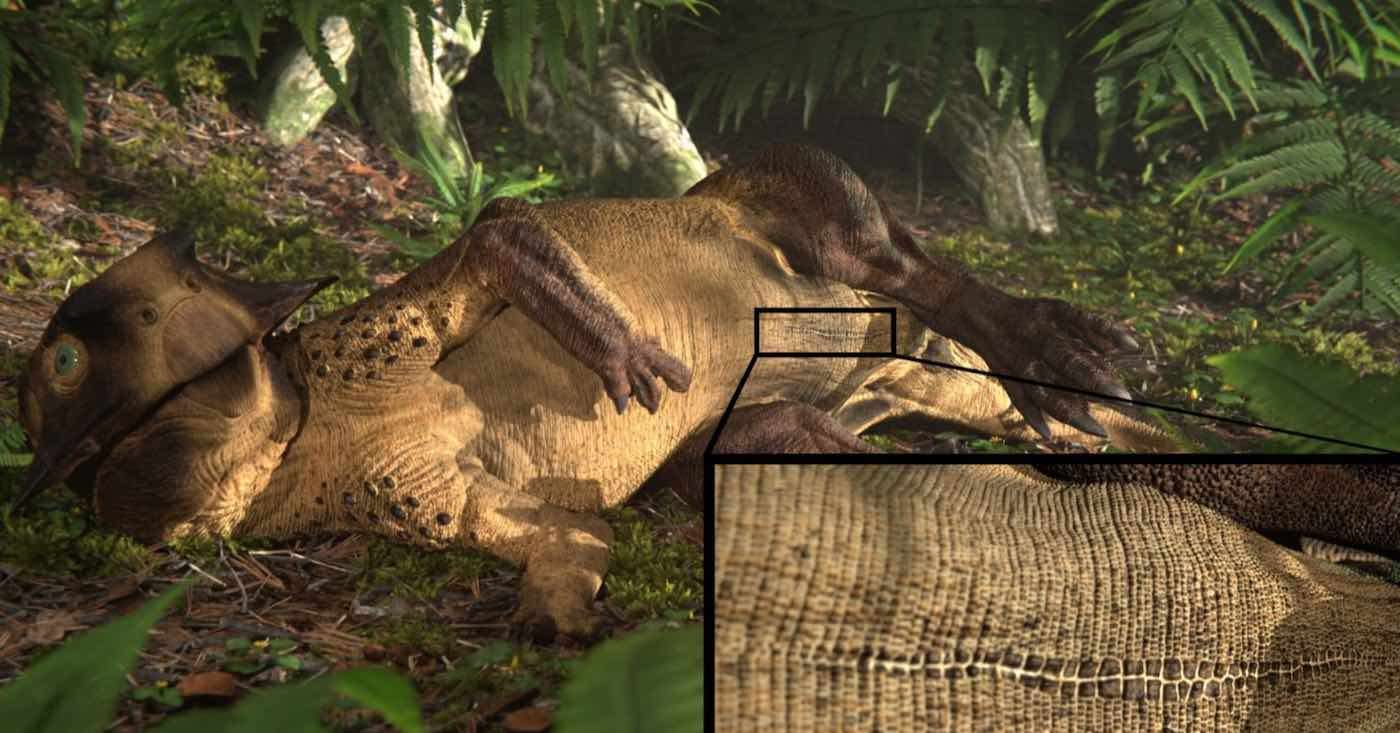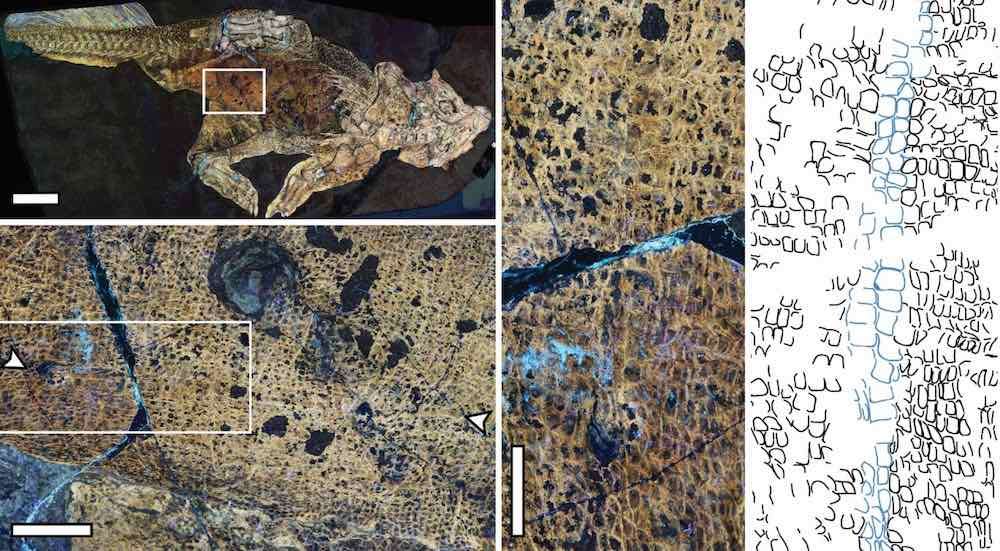Canada Schoolteacher Finds Fossil that May Be 300 Million Years Old and Could Re-Write Fossil Record
Taking pictures and sending them to her mother sent off a chain reaction that had paleontologists racing to the cape.

Thanks to an 'incredible' fossil, paleontologists have confirmed that dinosaurs indeed had belly buttons-and at the same time set a new record for the oldest one ever found in reptiles and mammals.
Scientists from the Chinese University of Hong Kong (CUHK) and international colleagues in Argentina and the U.S. used a high-tech laser imaging technology to make the discovery.
The technology revealed the finest details of a 125-million-year old dinosaur fossil found 20 years ago in China, which included a scar among the scales.
Dr. Michael Pittman, Assistant Professor of CUHK's School of Life Sciences applied the Laser-Stimulated Fluorescence (LSF) technique to a fossilized skin specimen of a Psittacosaurus, a two-legged plant eater that was two-meter-long (6.5 foot) and lived during the Cretaceous period.
"We identified distinctive scales that surrounded a long umbilical scar in the Psittacosaurus specimen, similar to certain living lizards and crocodiles," said Pittman, the joint-corresponding author of the study.
"This specimen is the first dinosaur fossil to preserve a belly button, which is due to its exceptional state of preservation".
Unlike humans, dinosaurs did not have an umbilical cord because they laid eggs. Instead, the yolk sac of dinosaurs was directly attached to the body via a slit-like opening-also found in other egg-laying land animals.
It is this opening that sealed up at about the time the animal hatches, leaving a distinctive long umbilical scar that scientists still call a belly button.

While the egg-laying nature of dinosaurs predicts a long belly button scar, this study is the first to support this hypothesis with fossil evidence.
"Whilst this beautiful specimen has been a sensation since it was described in 2002, we have been able to study it in a whole new light using novel laser fluorescence imaging, which reveals the scales in incredible detail," said Dr. Pittman.
Dr. Phil R. Bell from the University of New England in Armidale, Australia, the study's lead and joint-corresponding author, commented, "This Psittacosaurus specimen is probably the most important fossil we have for studying dinosaur skin. But it continues to yield surprises that we can bring to life with new technology like laser imaging."
The specimen is on display at the Senckenberg Museum in Frankfurt, Germany.
The findings were published in the international journal of biology BMC Biology.
SHARE The Odd News With Paleo-heads on Social Media…
Be the first to comment